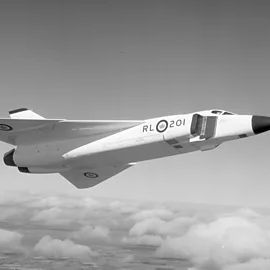It is #SikhHeritageMonth and this is the story of Harnam Kaur!
Born in 1886 in present-day Pakistan, she married Bhag Singh who lived in a nearby village. Her husband came to Canada in 1906 where he protested the exclusionary immigration laws of Canada.
🧵1/5
Born in 1886 in present-day Pakistan, she married Bhag Singh who lived in a nearby village. Her husband came to Canada in 1906 where he protested the exclusionary immigration laws of Canada.
🧵1/5

In 1910, he came back to India to get Harnam Kaur and their two children, to take them to Canada.
Their goal with immigrating the entire family was to establish the rights of wives to join husbands in Canada.
This was easier said than done.
🧵2/5
📸keeratkaur.ca/harnam-kaur
Their goal with immigrating the entire family was to establish the rights of wives to join husbands in Canada.
This was easier said than done.
🧵2/5
📸keeratkaur.ca/harnam-kaur

To prevent immigration from India, the Canadian government required immigrants to make a continuous journey from their country to Canada.
When Harnam Kaur & her family attempted to enter San Francisco, then Seattle but they were sent back to Hong Kong by the Americans.
🧵3/5
When Harnam Kaur & her family attempted to enter San Francisco, then Seattle but they were sent back to Hong Kong by the Americans.
🧵3/5

In January 1912, they arrived in Vancouver but their journey was not continuous, so the men were accepted as returning residents but the women and children were ordered deported.
Organizations like the National Council of Women of Canada protested Sikhs settling in Canada
🧵4/5
Organizations like the National Council of Women of Canada protested Sikhs settling in Canada
🧵4/5

Sadly, Harnam Kaur died in 1914, nine days after giving birth to a daughter. Her husband was also killed outside the Vancouver Sikh Temple.
The Temple took over the care of their two children, while the baby girl was placed with a white family.
🧵5/5
📸keeratkaur.ca/harnam-kaur
The Temple took over the care of their two children, while the baby girl was placed with a white family.
🧵5/5
📸keeratkaur.ca/harnam-kaur

• • •
Missing some Tweet in this thread? You can try to
force a refresh





















